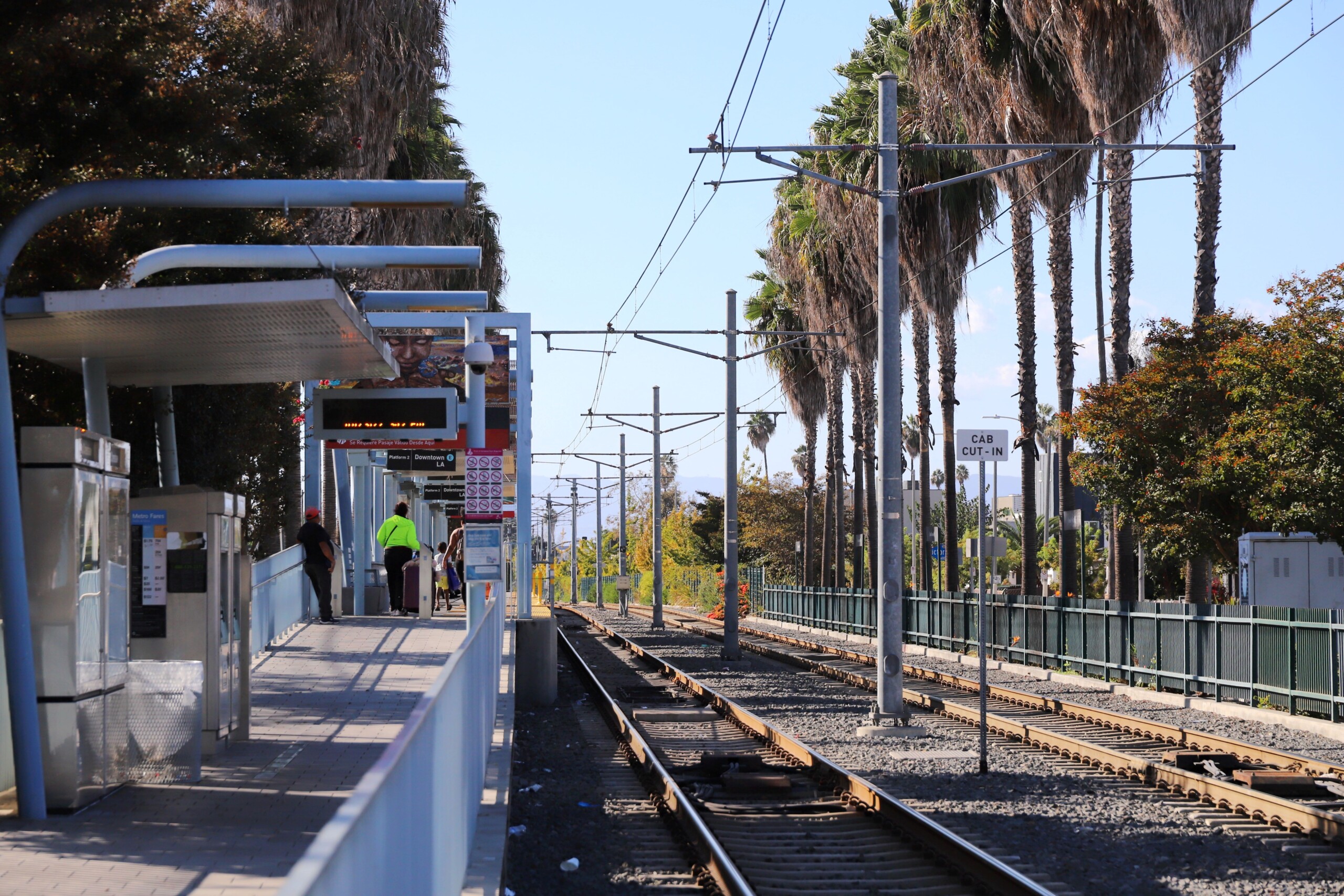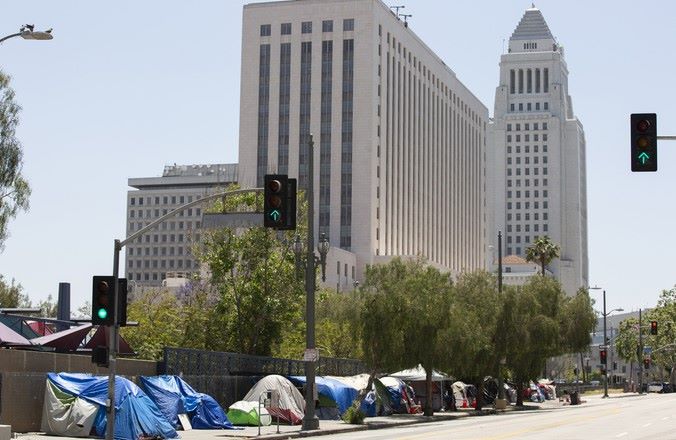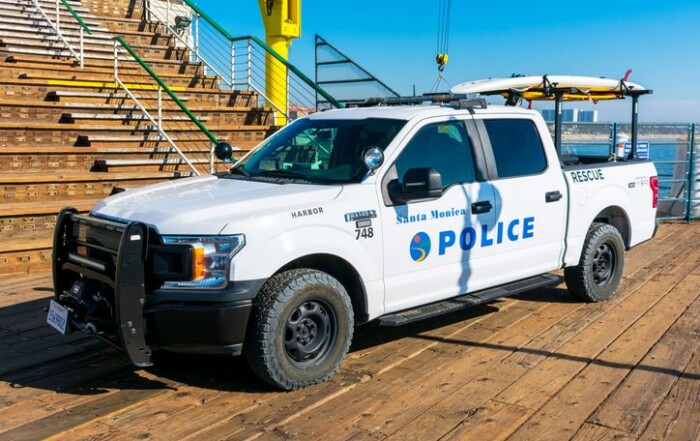At its monthly board meeting on Thursday, the Los Angeles County Metropolitan Transportation Authority (Metro) heard a report on homeless populations at stations at the end of Metro lines. The report is part of an evaluation of the L.A. Metro’s End of Line Policy and whether or not the current approach of forcing riders off of the train at these stops contributes to an increase in the homeless population at those end-of-line stops.
There are currently 13 stops that serve as the end of the line for L.A. Metro System trains, twelve of which were evaluated for this survey. Three of those are located on the Westside, which are:
- Downtown Santa Monica Station in Santa Monica
- Westchester/Veterans Station in Inglewood
- Expo/Crenshaw Station in Los Angeles
The investigation stems from a request from the Long Beach City Council last October from a belief that the current policy contributed to a 62% increase in people experiencing homelessness (PEH) in Long Beach, whose Downtown area hosts the last southbound station on the Blue Line.
Efforts to examine the Metro System’s End of Line Policy began that month when the Board initially voted to examine these policies, and direction was given to the CEO in January to research “full service outreach models.”
According to surveys done from December 2022 to April 2023, there are an average of 555 PEH at these end-of-line stations each night between midnight and 3:00 a.m. The North Hollywood Station saw among the most of any of the stations with an average of 112 PEH observed at night, and Downtown Santa Monica saw over 10% of the total share at an average of 59 PEH. The other two Westside stations saw an average of just two homeless people each night.
The survey also gathered additional information from those who were willing to provide their input. Of the 321 total survey participants, most were single adults and around 80 percent of them identified as male. Surveyors talked to 118 people that were found at Westside stops, 86 had been homeless for at least a year, and 83 of them expressed interest in receiving services and/or assistance with housing.
“A number of people actually shared their contact information or where we could meet them in the future near or around the station to follow up on that service provision as well,” Senior Director for Special Projects Desarae Jones said in the report presentation.
One of the ideas to assist with this issue is a potential navigation hub, which would provide 50 beds along with other relevant services at the Willow Street parking lot in Long Beach near the Downtown station. However, the city has informally expressed that they were hoping the hub would be built at the Del Amo station in Los Angeles instead, citing community concerns.
Supervisor Holly J. Mitchell — who also serves on the Metro Board as the representative for the county’s 2nd District that includes Marina Del Rey and Culver City — was one of several board members criticizing Long Beach’s lack of willingness to cooperate, noted that successful examples of these hubs have been found in central locations in a city.
“The Hub of Hope in Philadelphia model is in the middle of the city, very centrally located and connected to other train stations and destinations,” Mitchell said. “It’s meant to be in a place where people tend to find themselves and where services are actually located.”
Other modular housing solutions are being considered, and Metro staff are looking for underutilized properties owned by the transit agency as potential locations for these solutions. Notably, the materials that are being researched are reusable and relocatable and can be set up as a foundation over parking lots, allowing utilities to be run through them and potentially avoiding the need to excavate the site.
L.A. City Council President and Metro board member Paul Krekorian emphasized the importance of having these facilities by stations, arguing they are essential to solving the homeless problem at these stations.
“Until there is 24/7 outreach from mental health professionals and social workers, our end-of-the-line strategies are doomed to fail,” he said at the Metro board meeting.
The Board is also considering declaring a State of Emergency, which would make it easier to streamline the creation of facilities and services without needing a bidding process. In order to make this declaration, the Board would have to find that homelessness was in fact contributing to an emergency to declare it.
Moving forward, the Board will continue to evaluate options for the navigation hub along with other housing options near Metro stations at the end of lines.
Photo by Laser1987
Stay informed. Sign up for The Westside Voice Newsletter
By clicking submit, you agree to share your email address with Westside Voice. We do not sell or share your information with anyone.








